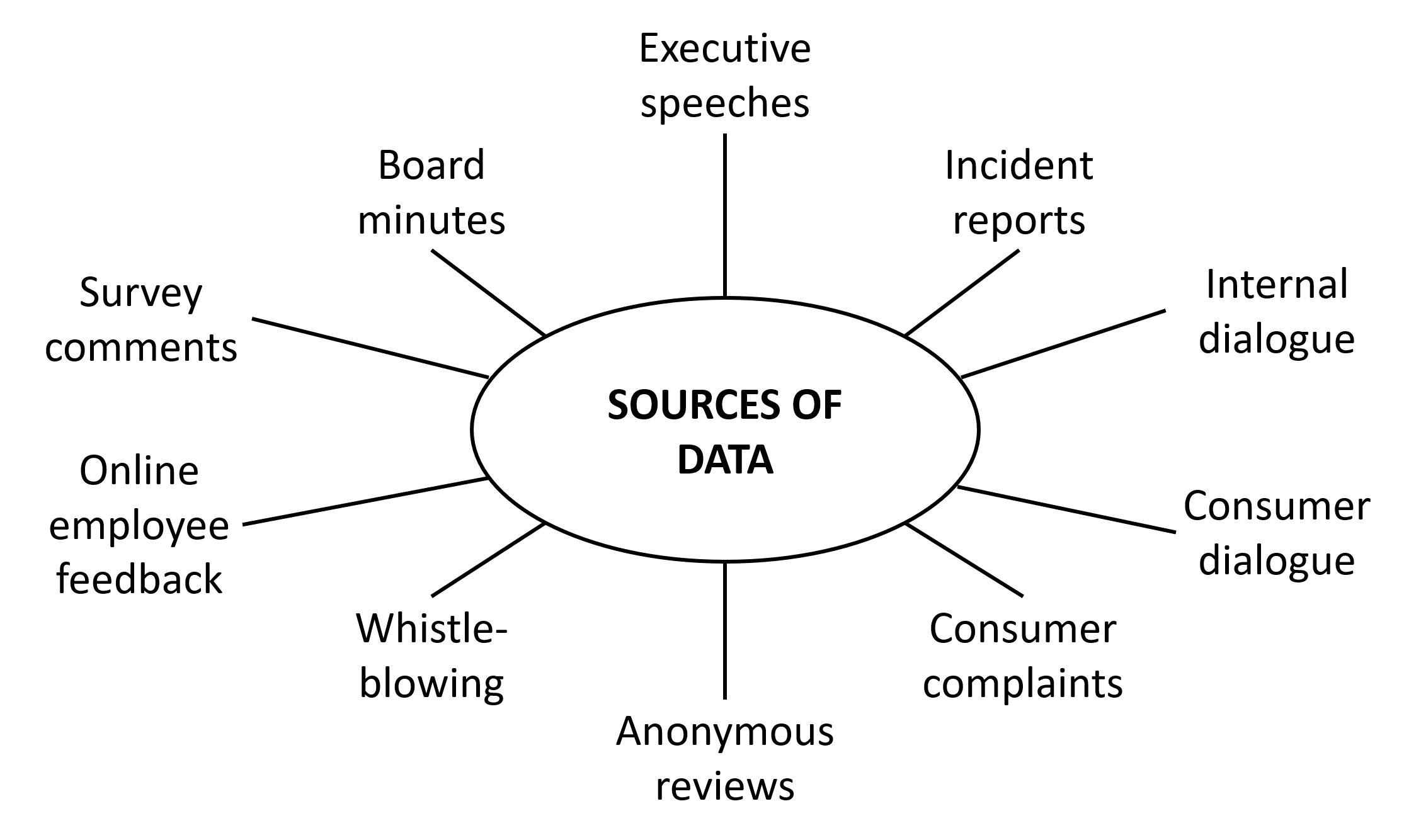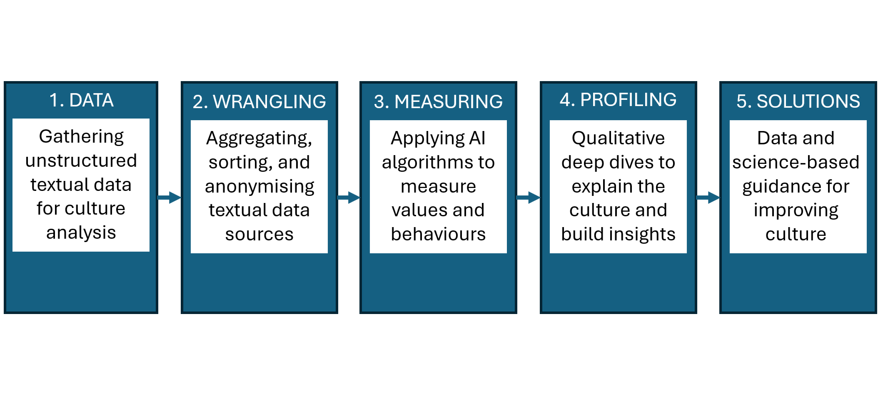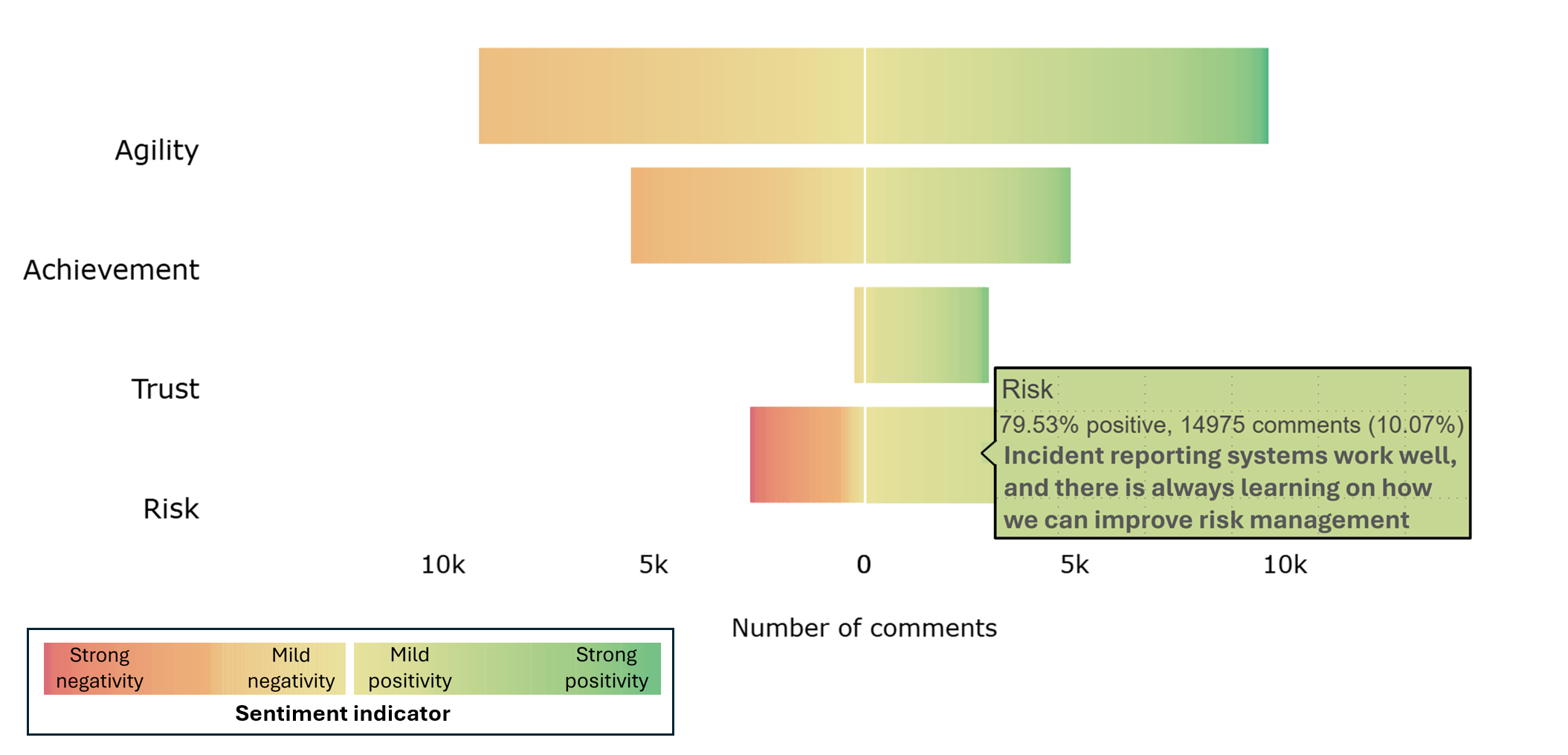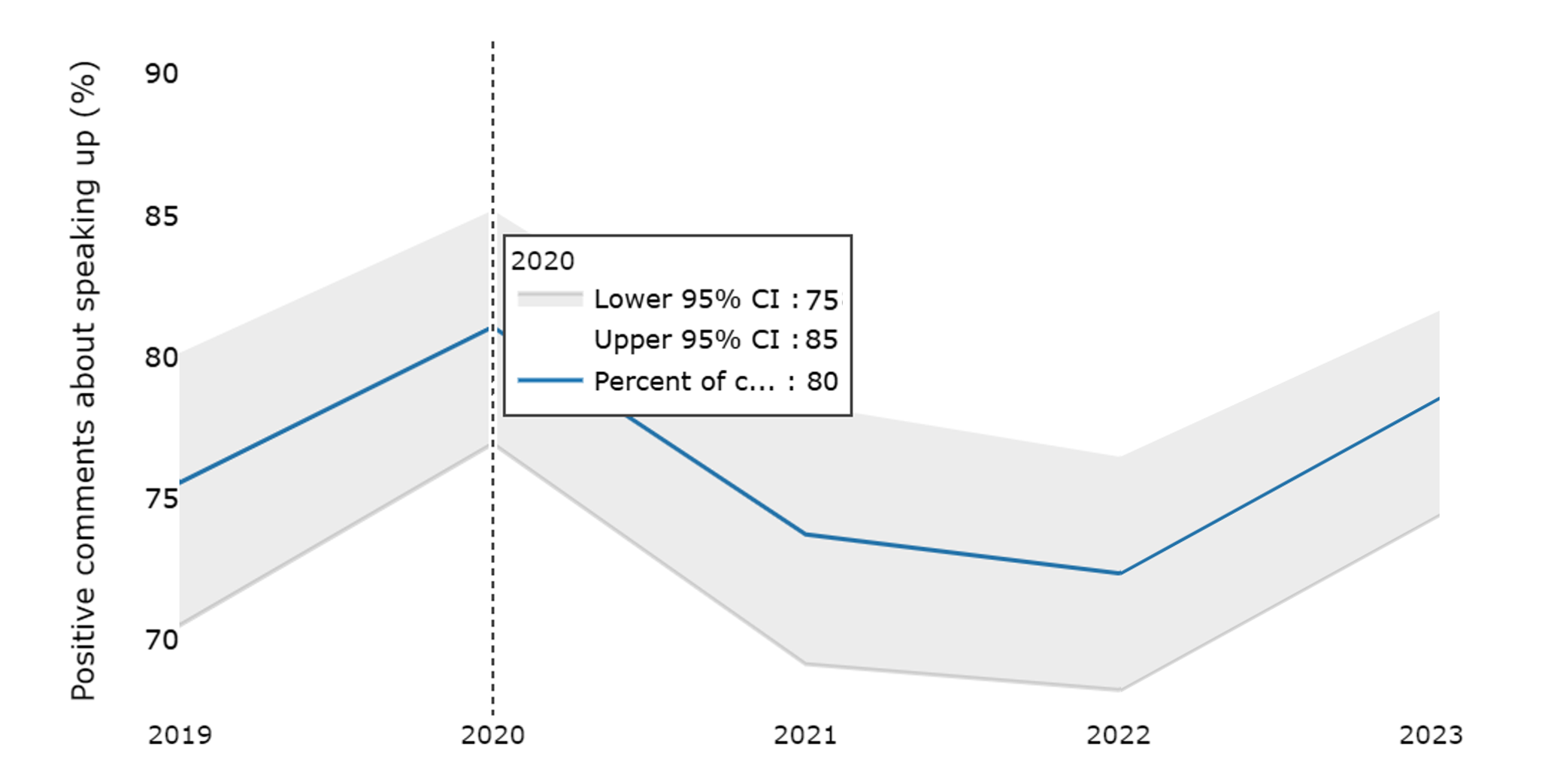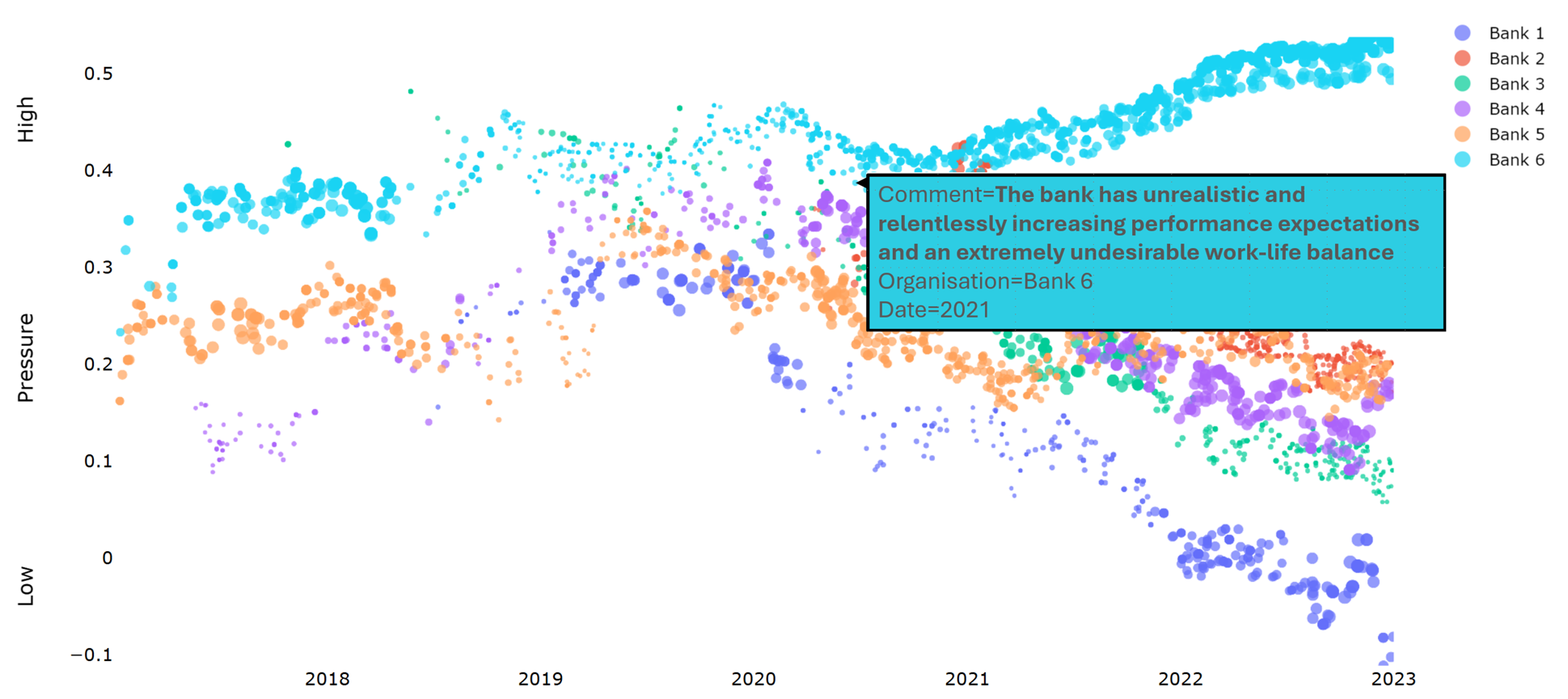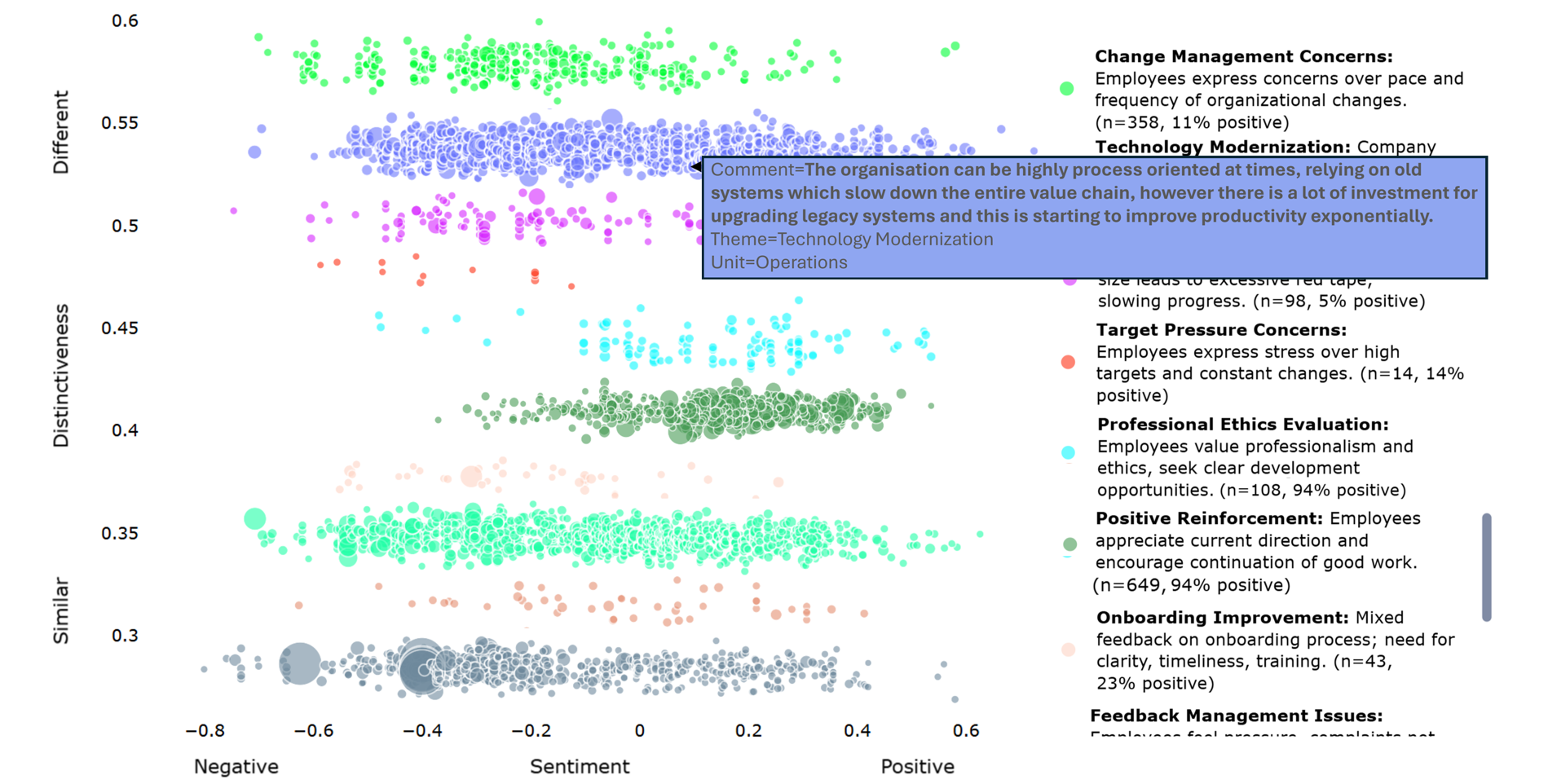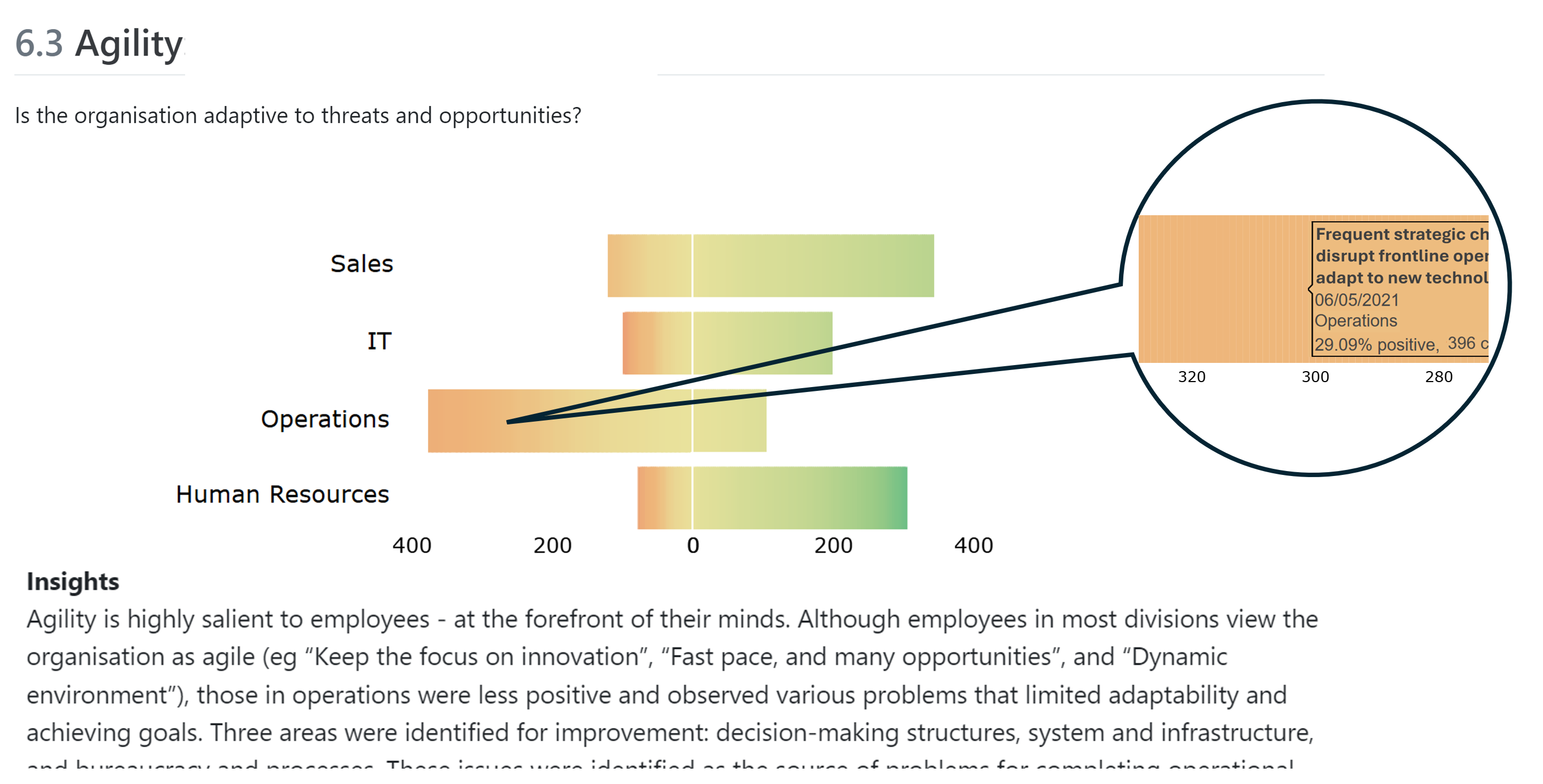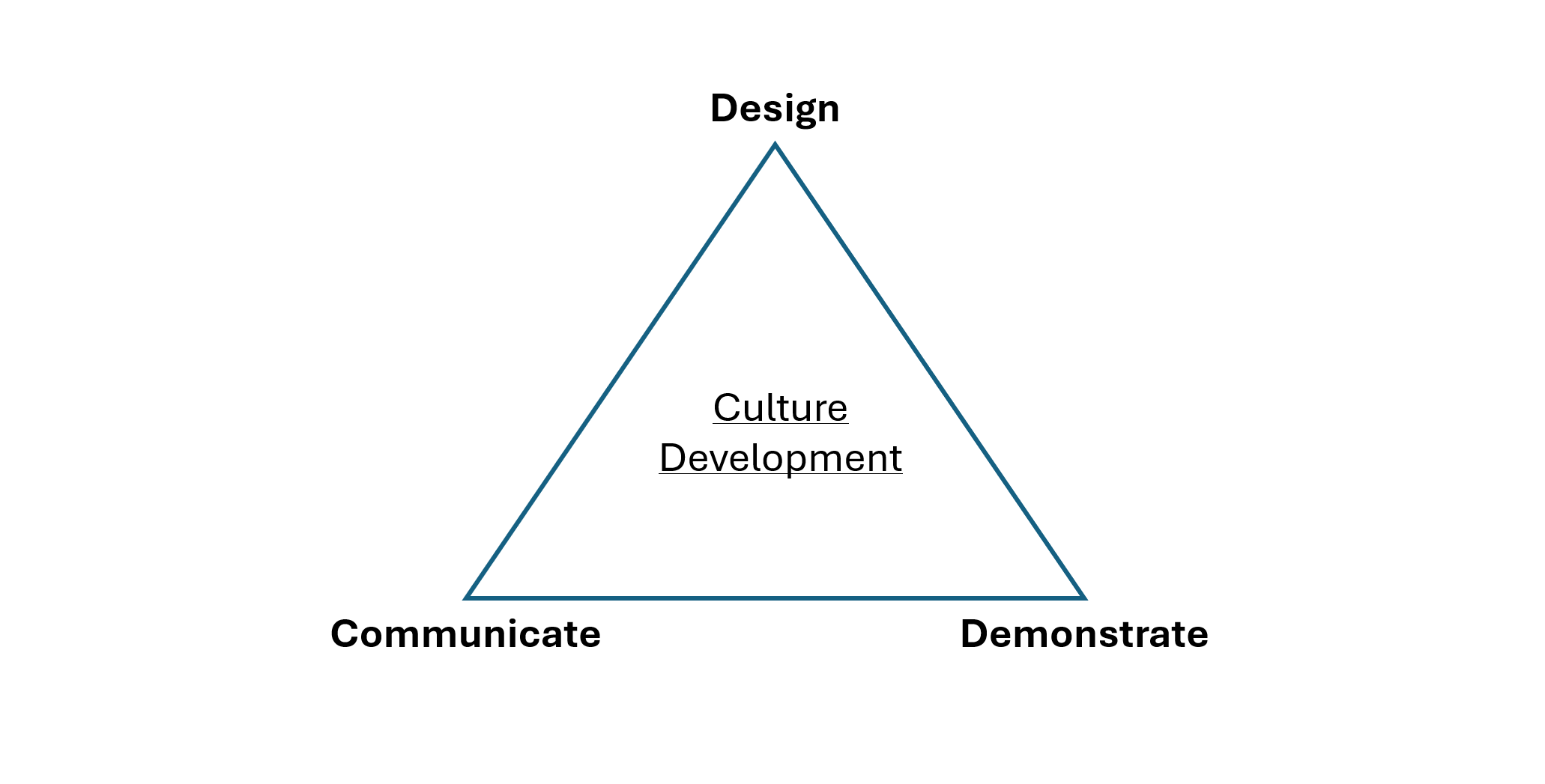CULTURE ASSESSMENT
We assess culture using the Unobtrusive Corporate Culture Analysis Tool (UCCAT). Created by Reader and Gillespie, this measures culture by analysing textual or behavioural data generated in naturally occurring and different contexts (e.g., feedback, natural speech). UCCAT provides bespoke quantitative and qualitative measures of culture, and generates tailored insights, recommendations, and interventions for change. The measures have been developed through a series of research studies that test their validity and links with outcomes. For more information, see: Reader et al., 2020; Reader & Gillespie., 2022; Gillespie & Reader, 2023; Reader & Gillespie, 2024
